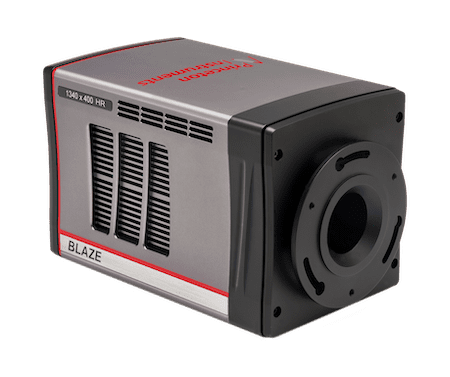Coherent Anti-Stokes Raman Spectroscopy (CARS)
CARS is a nonlinear Raman spectroscopy technique that uses two very strong collinear lasers to irradiate a sample. The frequency is usually kept constant, with the second laser tuned so that the frequency difference between the two lasers equals the frequency of a Raman-active mode of interest.
To obtain a strong Raman signal, the second laser frequency should be tuned in such a way that its frequency is equivalent to the constant frequency of the first laser minus the frequency of a Raman-active rotational, vibrational, or other mode.
This will cause the frequency of the scattered light to be higher than that of the excitation frequency and so forms anti-Stokes frequency.
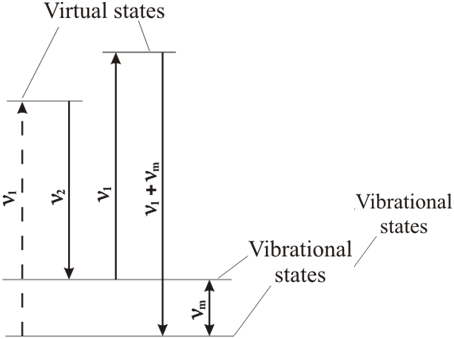
Spectrometers for CARS
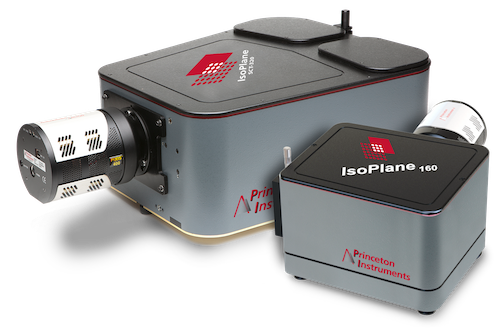
IsoPlane
The IsoPlane offers excellent signal-to-noise ratio, with high spectral resolution and imaging performance to ensure almost perfect capture of information from CARS.
The IsoPlane provides twice the light-gathering power in comparison to Czerny-Turner spectrographs, allowing for the fast acquisition of enhanced signal as provided by CARS. This overall produces sharper images and improved resolution, ensuring all peaks within the resulting spectra are distinguished without the need for post-processing techniques.
With a unique optical design, the IsoPlane completely eliminates astigmatism across the focal plane. This offers multichannel capabilities to obtain broad range spectral information. CARS is a technique that is ultimately used for known species, however a broad spectral range allows for complete analysis of the product.
Cameras for CARS

ProEM
The ProEM series features eXcelon™3 back-illuminated EMCCD sensors which offer higher NIR and UV quantum efficiency alongside reduced etaloning (fringing) providing better spectral quality for CARS scattering within the UV and NIR range.
CARS relies on the accumulation of coherent signals to obtain compositional sample information. This requires highly sensitive cameras, such as the ProEM EMCCD camera with >95% quantum efficiency.
If the sample is at a low concentration, the incoherent background and noise become an issue. The ProEM is thermoelectrically cooled for low noise, reducing these effects.
PIXIS
CARS in the visible light requires high sensitivity in the 120-1100 nm range. The PIXIS offers >95% peak quantum efficiency over this range with low read noise.
As CARS is a technique that utilizes the accumulation of coherent Raman scattering to create a strong signal it requires long exposure times. The PIXIS comes equipped with deep cooling resulting in ultra-low dark current for long exposures.
As Raman spectroscopy of different samples requires different parameters, the PIXIS offers front-illuminated, back-illuminated and back-illuminated deep-depletion options to ensure the capture of full spectral information.
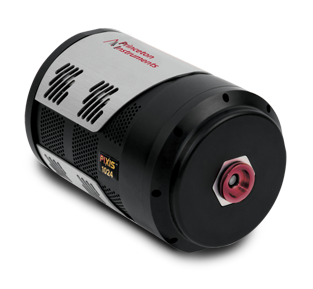
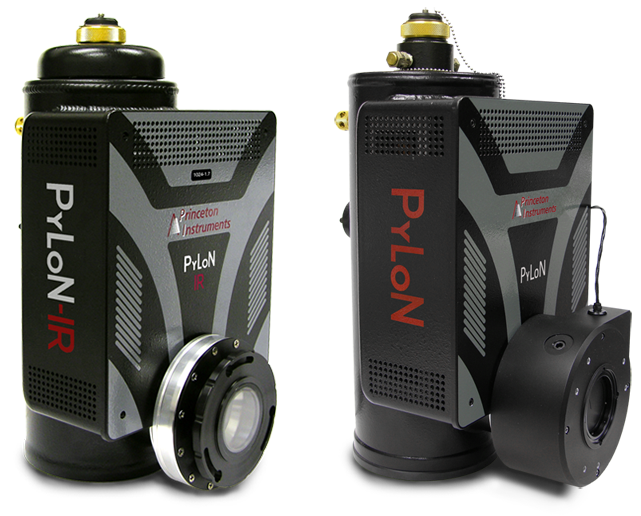
PyLoN Family
The PyLoN family of cryogenically cooled CCD and InGaAs cameras, offers extremely low noise essential for the long exposures required for CARS.
The PyLoN family also provides flexible readout speeds from 50 kHz – 4 MHz, enabling both high spectral speeds (<6600 spectra/sec) or low read noise dependent on the specific CARS experimental set-up.
The PyLoN IR is essential for ultra-low noise near-infrared and SWIR spectroscopy, ideal for CARS samples scattering in the spectral range of 800-2200 nm.
BLAZE
For Raman spectroscopy within 900 – 1700 nm wavelength range, the BLAZE spectroscopy camera offers high NIR sensitivity and low dark current.
The BLAZE delivers fast spectral rates for capturing of all information alongside True -100℃ cooling. This cooling provides low spectral noise, ideal for long exposure times – a common use of CARS.
